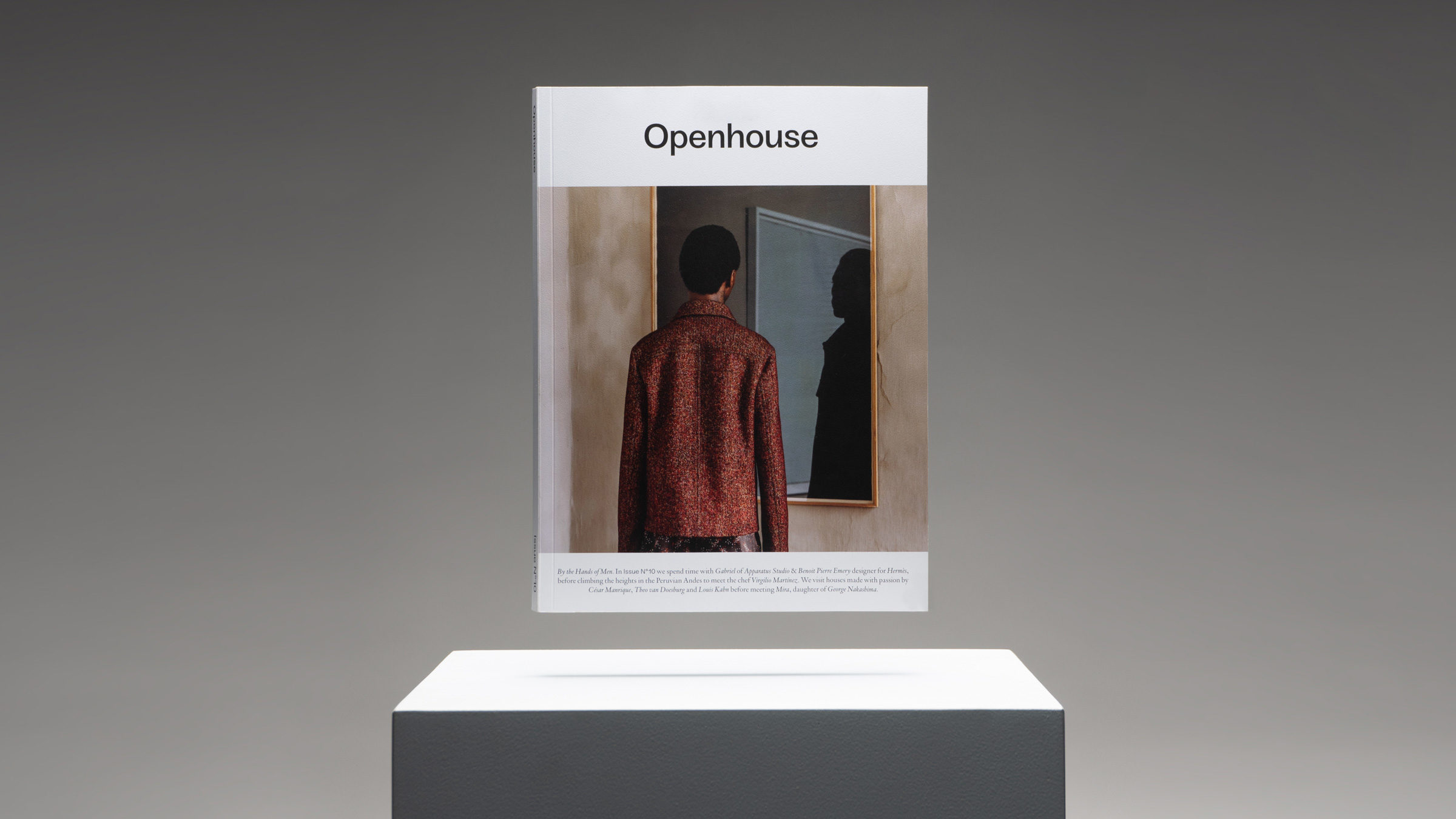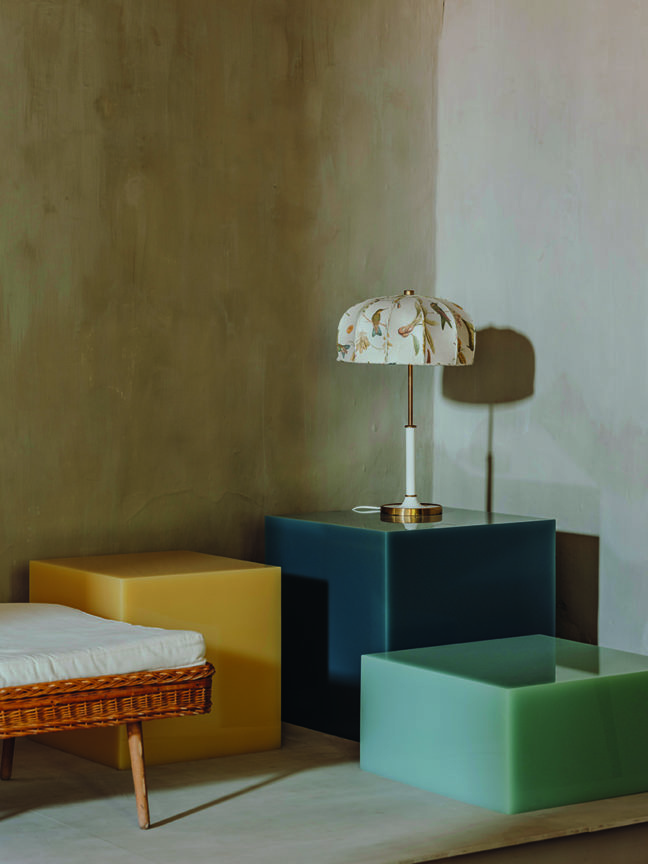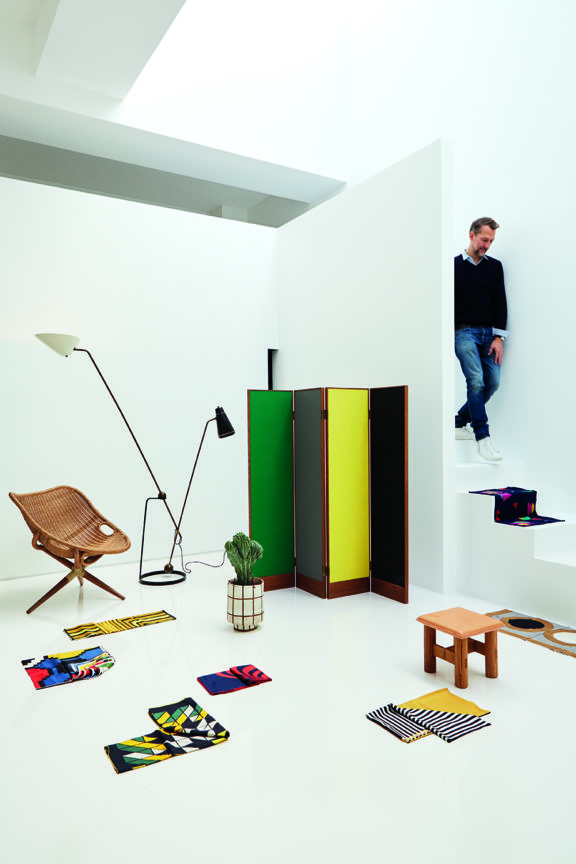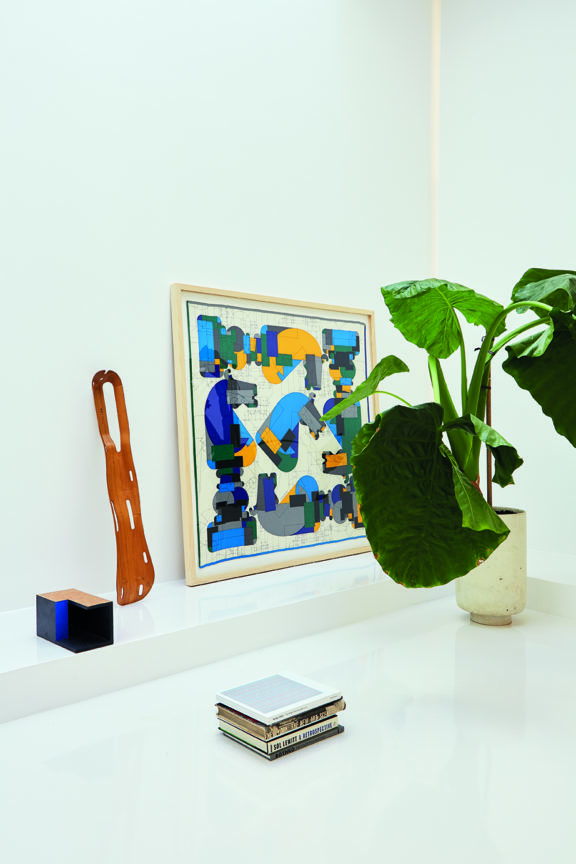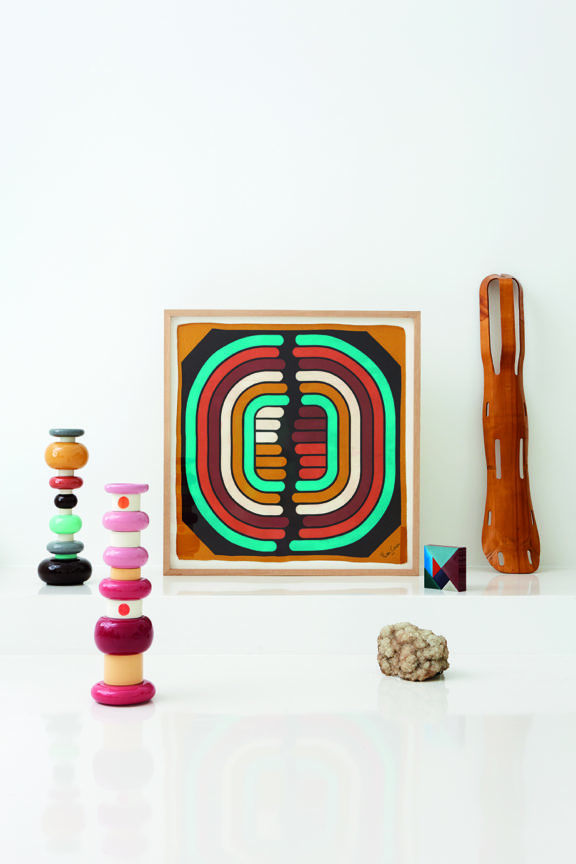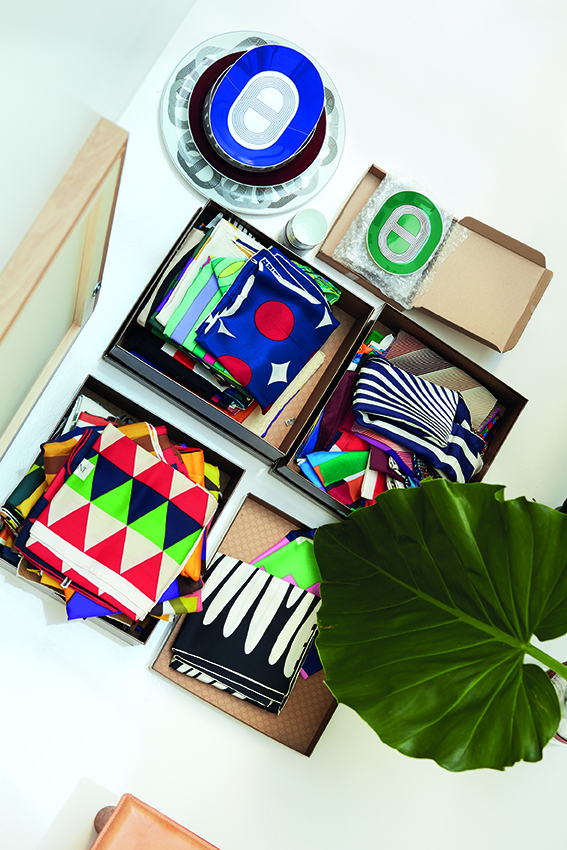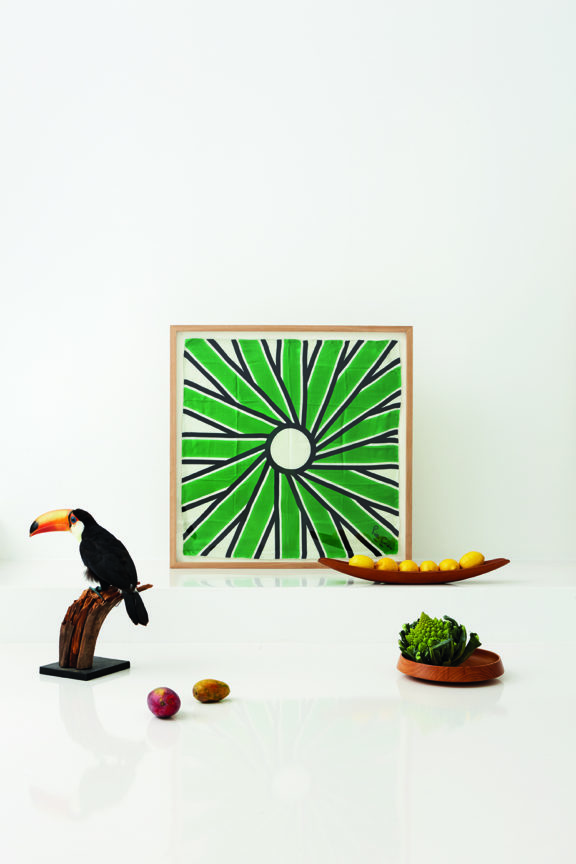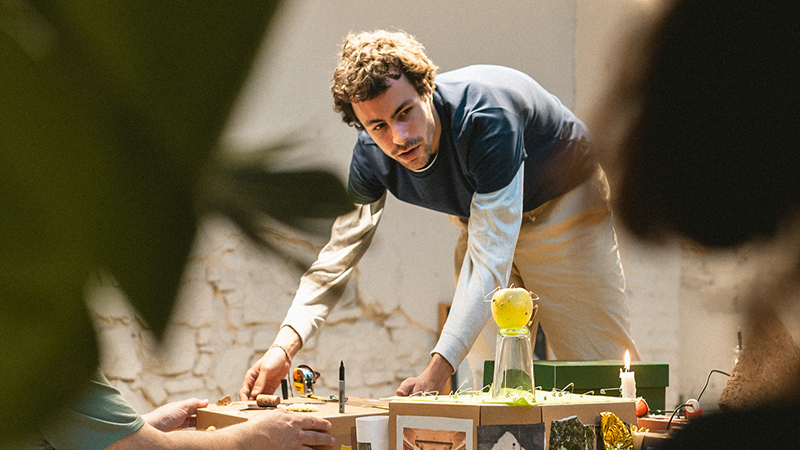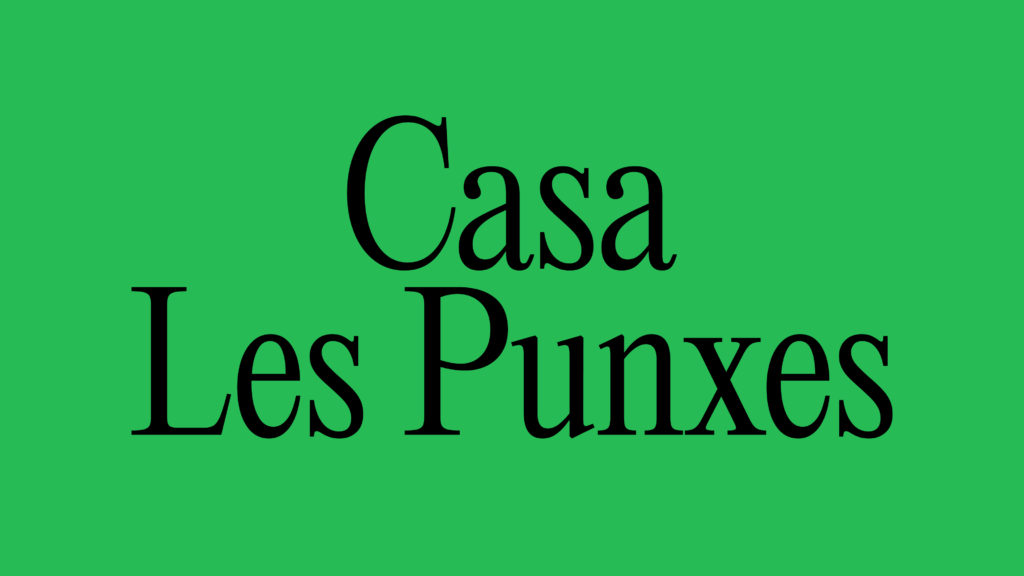An interview with Andrew Trotter & Mariluz Vidal
Written by Bis Turnor
Photography courtesy of Openhouse Magazine
Production by White Horse
We were honoured once again with a commission to design the latest issue of Openhouse magazine. As the magazine evolves and enters new fields, so this new issue takes us on a new path. Rather than focusing on our design, for this case we instead decided to have a conversation with founders Andrew and Mariluz about the art direction, the process behind their careful curation of content and global network of collaborators, and their unusual approach to brand collaboration.
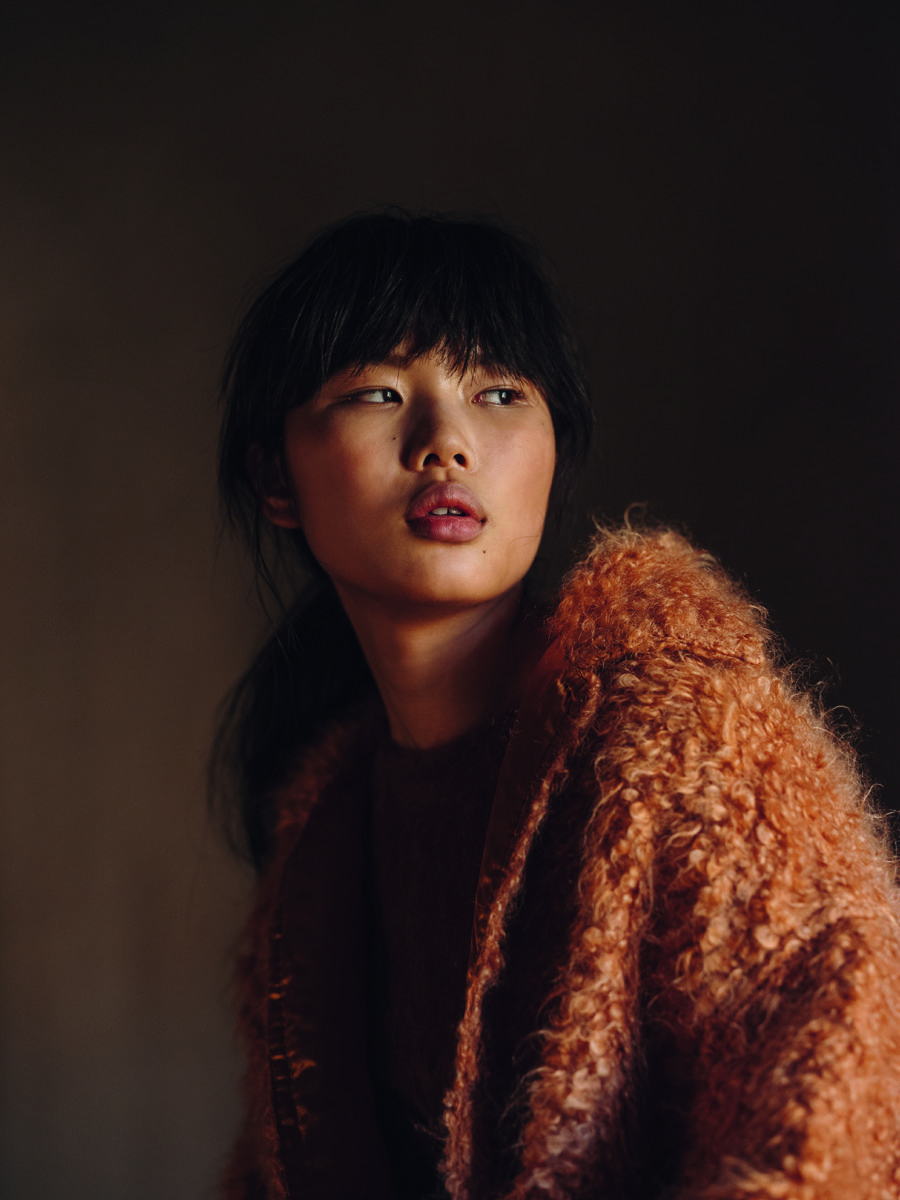
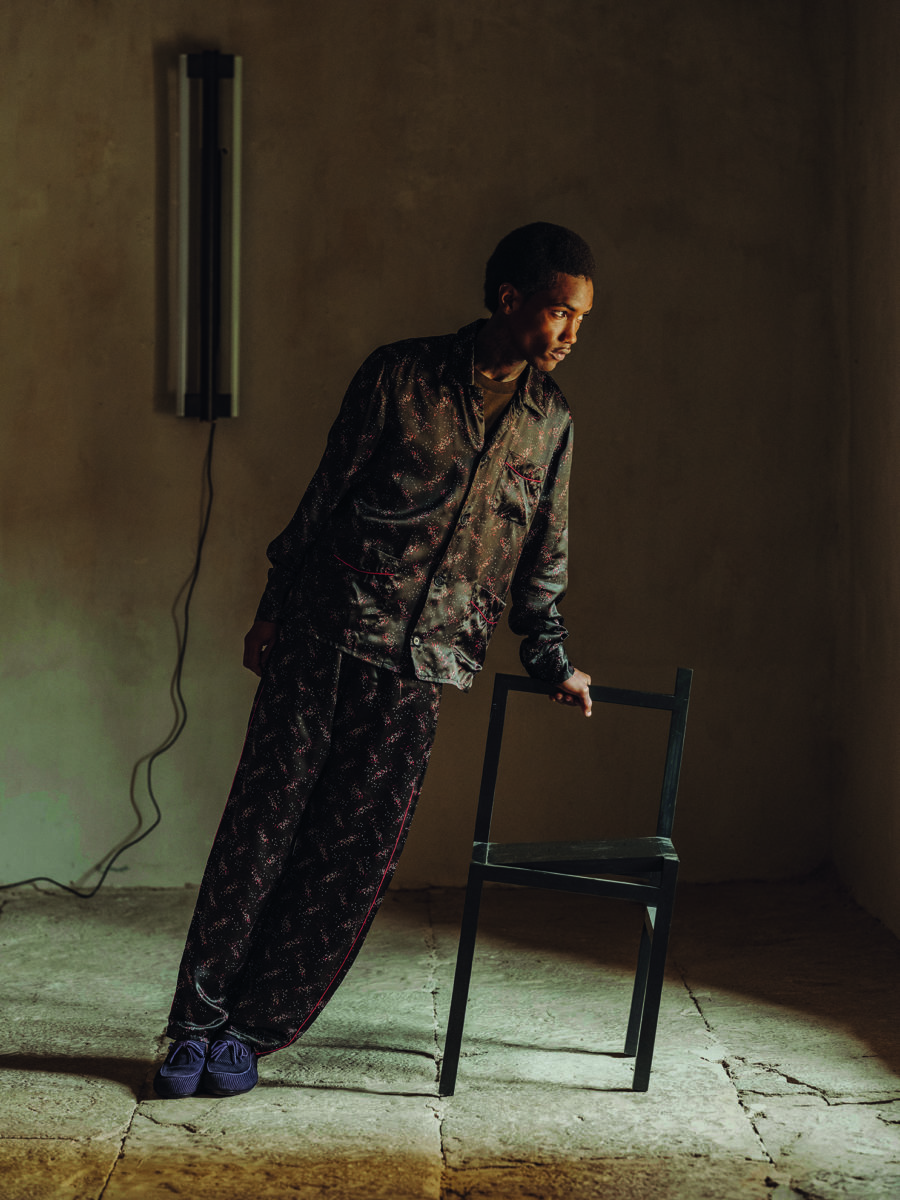
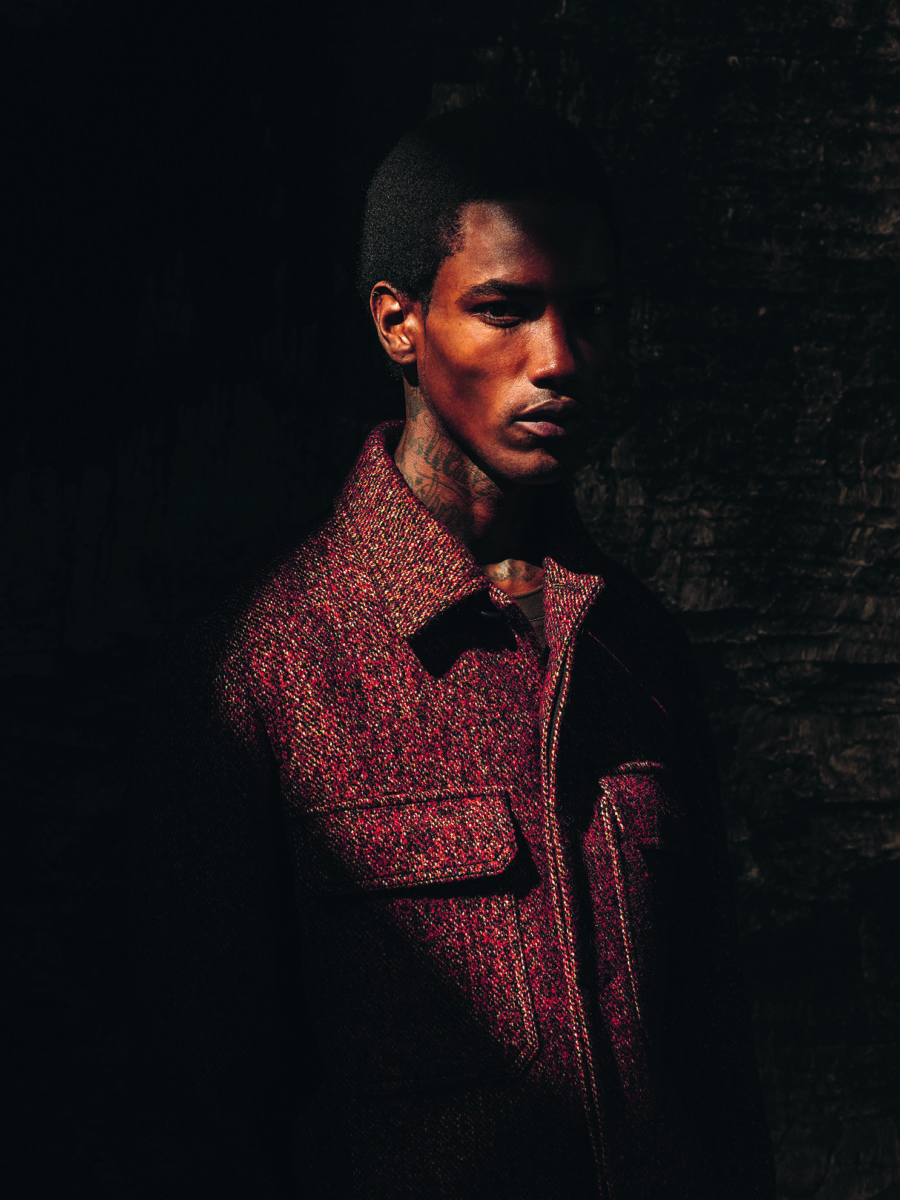
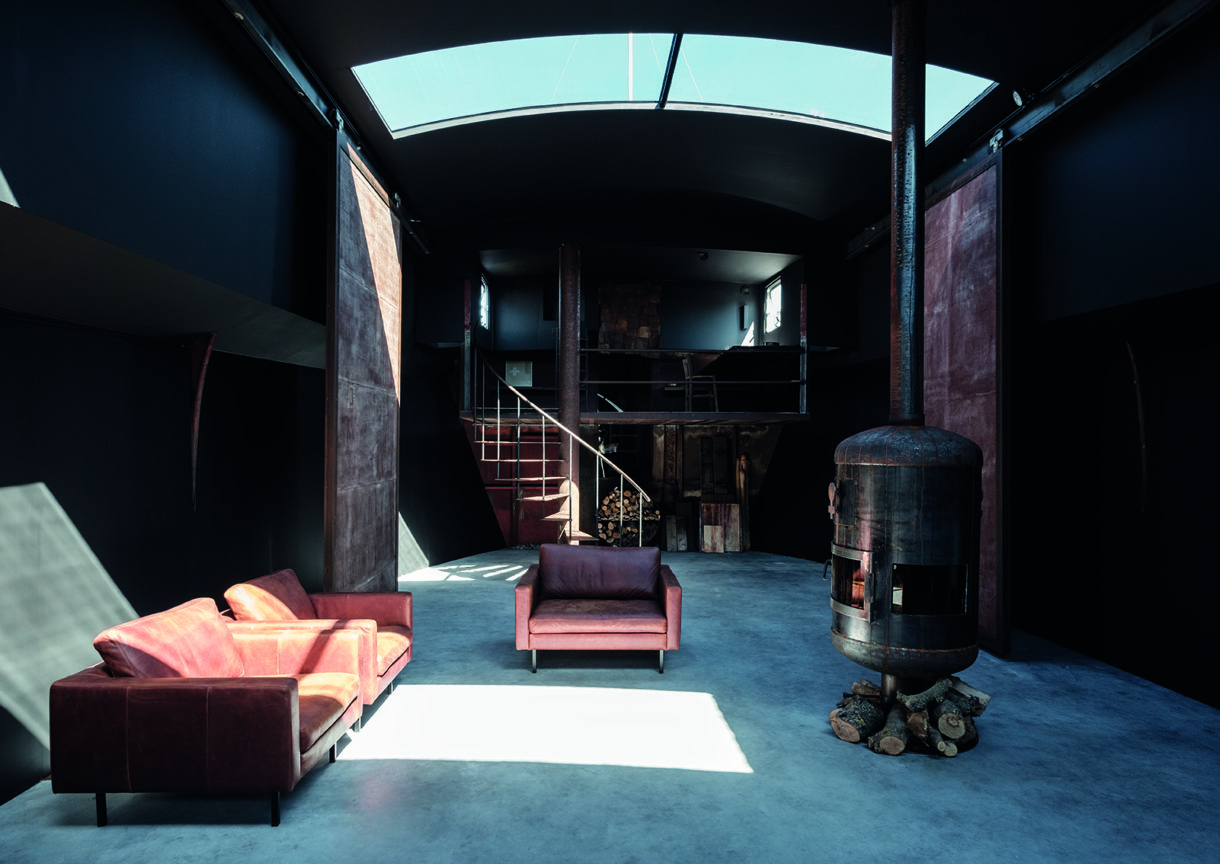
Photography by Toon Anthoni
“This time around, the common thread is about people who collect things or who have a special craft, along with a passion for what they’re doing.” Andrew Trotter and Mariluz Vidal
“Until we started working with Folch it was more about spaces and often people wondered if we were an interior design magazine.” Andrew Trotter and Mariluz Vidal
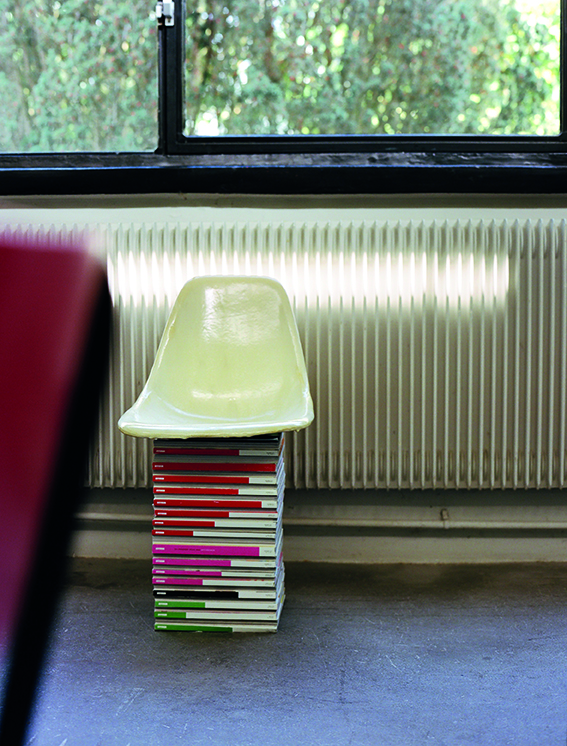
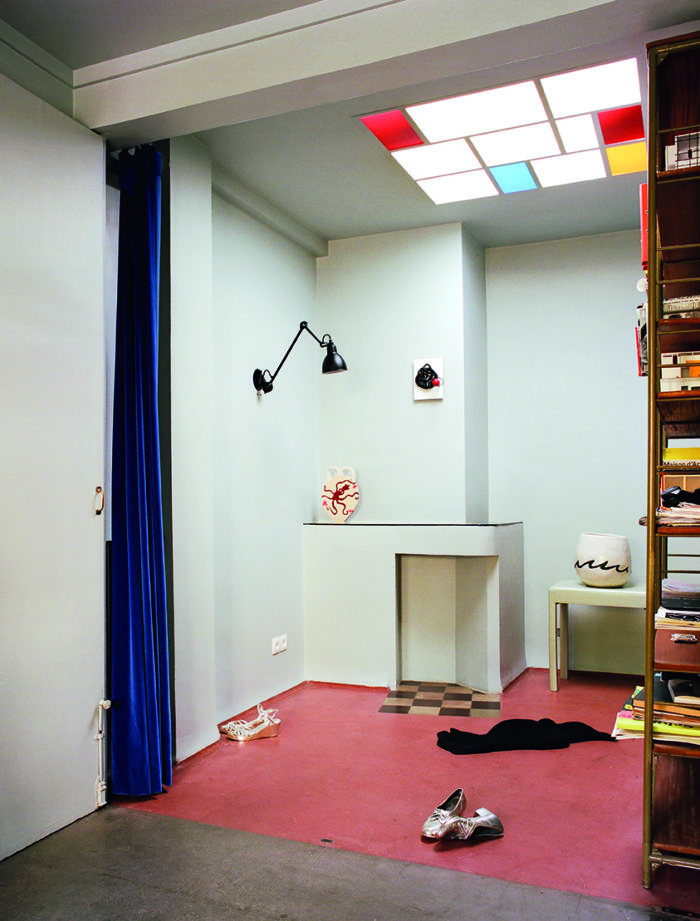
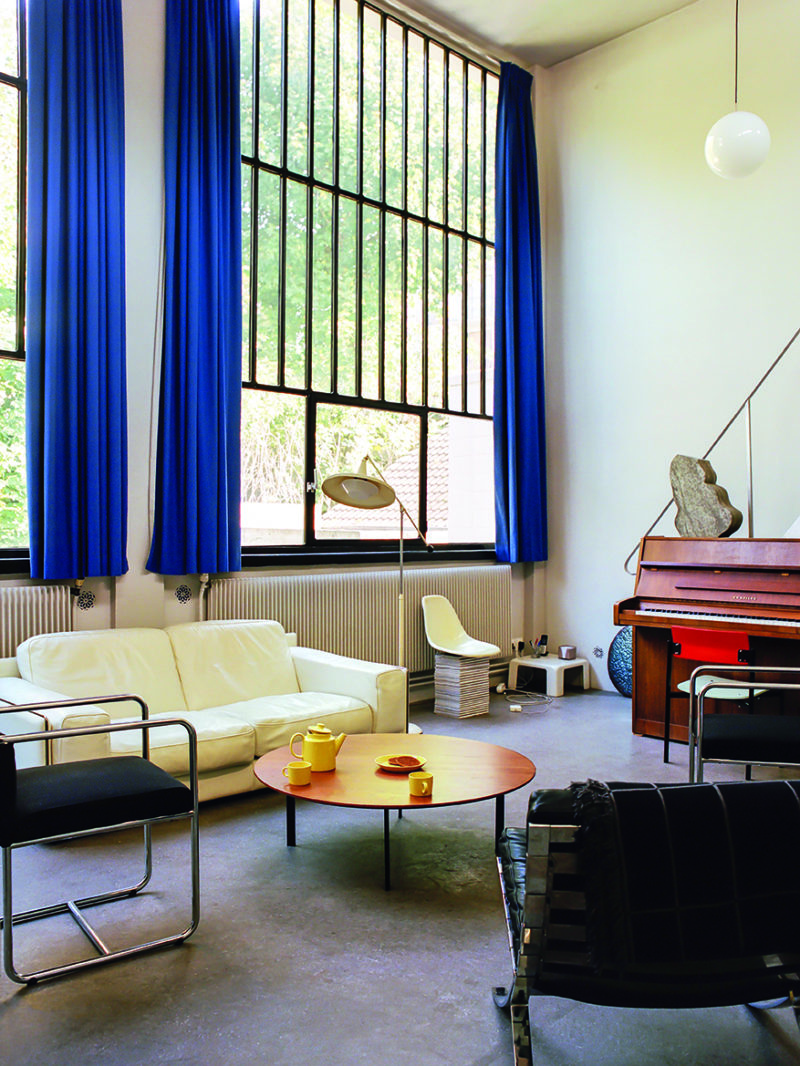
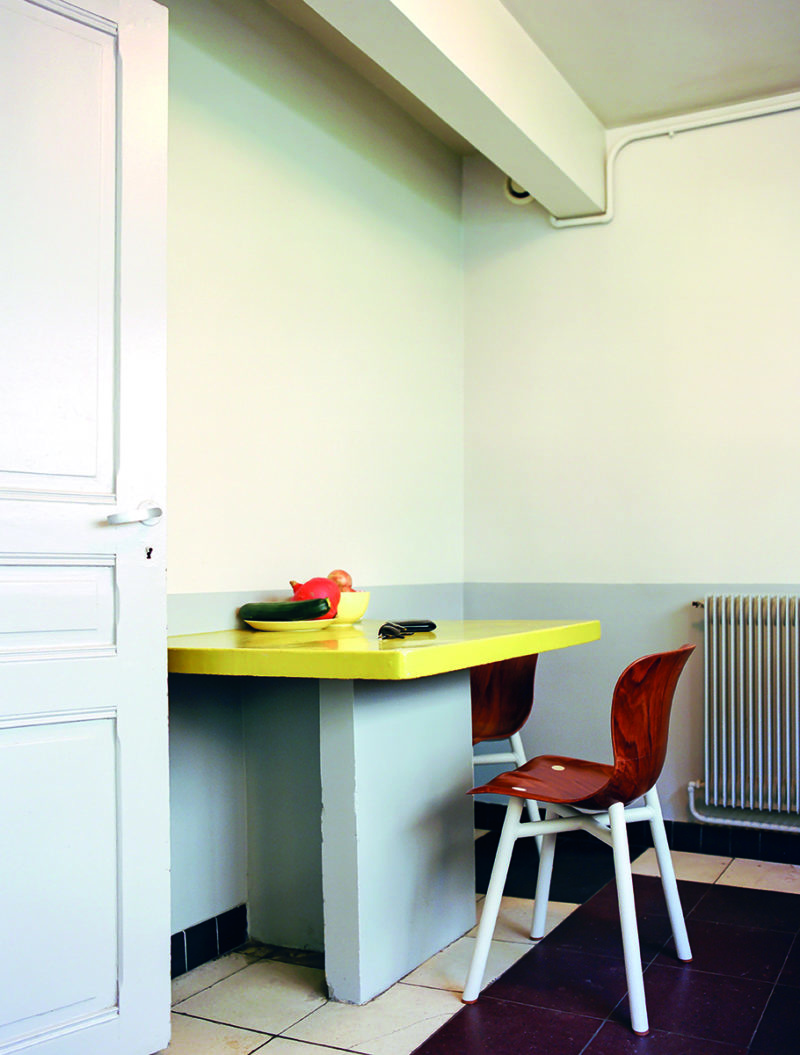
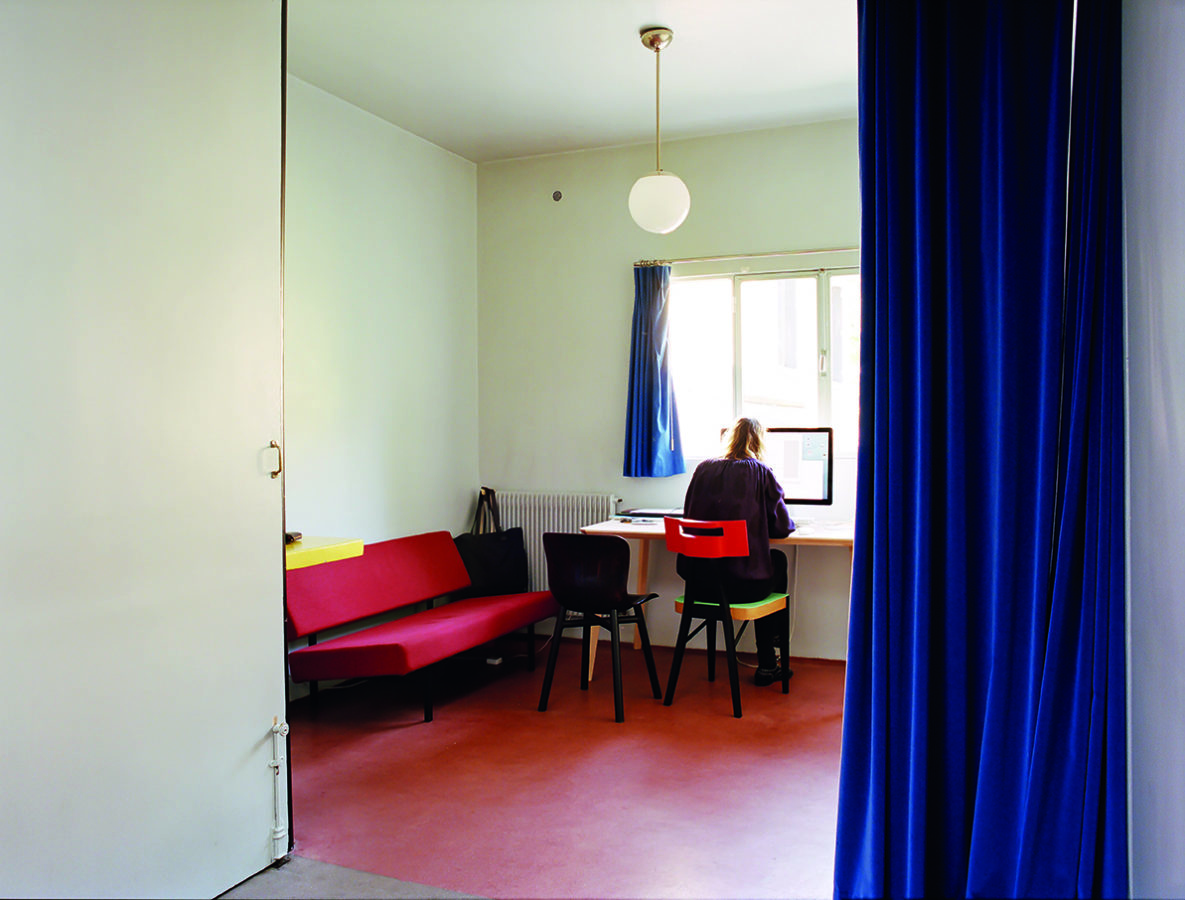
Openhouse is a guide to creative people around the world who open their homes and private spaces to the public to share cultural activities and experience life together.
First of all, congratulations on the new issue, it’s beautifully created and we loved working on the design. Issue 10 is all about craftsmanship. How did you decide to focus on this theme?
We don’t always start off thinking what is going to be the theme of each issue. It’s more that we put together stories and we see if we can find the connection between them. We’re always looking for stories. This time around, the common thread is about people who collect things or who have a special craft, along with a passion for what they’re doing.
How do you find and select the content for each issue of Openhouse. Do you have a set process or is it usually fairly organic?
We don’t sit down and search for stories so much, mostly they come to us. We always have six stories about people who open their houses to the public, but now we’re also opening up to collectors, shop-owners, creators, and people who are doing something interesting in general. It’s more about them, not their spaces. This process is becoming easier in time.
A magazine cover functions as a window into what will happen inside the publication. How did you choose this image for the cover and what were your reasons behind it?
As I was saying, we are talking about people, that’s the main thing. Until we started working with Folch it was more about spaces and often people wondered if we were an interior design magazine. So now we always feature a person on the cover, as a statement that the magazine is evolving. This one is more of an integration between fashion and our own art direction, models mixed with still life, spaces, and interiors. It has a texture, an interior, a reflection — it tells a story. Everything compliments each other.
What’s your favourite feature in this issue?
I don’t know. We love Nakashima. This was really easy for us because we had so many beautiful photos to work with. Mil Centro was really hard. The editing wasn’t our style. The photos were too saturated. With almost every story we try to do our own photos. But this one being based in Peru was too far away and it was really difficult to get the time to work with a top chef. So these photos were already taken, but the challenge was going back and forth trying to get to a final selection that worked. We asked for more photos, different edits, and finally we reached this selection and we’re actually really pleased.This is the first issue where we like nearly everything. Things surprised us.
The launch took place at the beautiful Solo Office in Teruel, in collaboration with A. Lange & Sohne. Did you choose this particular brand based on the craftsmanship involved in making each of their watches? Or was it about the correlation between the circular building and the face of a watch?
We met Florian from A Lange & Sohne a year and a half ago. This is the third time we’ve done a brand story with them. They’re not interested in typical advertising. They always want to talk about something related to the watch or to something they’ve done, like an exhibition. For the previous issue they wanted to relate watches with classic cars. The concepts tie together nicely, the circular motion, the importance of time ticking away, the mechanics… Plus the kind of people who collect classic cars are also interested in beautiful vintage watches.
And for this particular event?
They wanted to launch the latest watch in Spain, simultaneously with a few other countries. We suggested Solo Office as the event space. The house changes with the sun and time of day, it’s circular like a watch. We needed something to connect the watch to the house and this is when we asked Sabine to create an installation. The sundial is such a special concept for her and the house was the perfect space.
How do you normally approach branded content?
Actually, we don’t see this as branded content. On the one side we have stories curated exactly for that brand, and on the other we have advertising. Our own content is never sponsored by a brand. I think rather than looking at a picture of a watch or a chair our readers will take more time reading a story, learning about the craft, product or story behind it.
Openhouse is very collaborative. You work with photographers, art directors, designers, travellers, chefs, architects, writers and travellers. How has your network grown over the years?
Our stories are based all around the world, so we need to have a global base of collaborators. We’re slowly growing and in time you learn who you can depend on. We prefer to work with people who have a real passion for the magazine, or for a particular story.
You have a new website. How does the digital magazine complete the printed, and vice versa? How do you decide what content is featured in the magazine and what goes online?
The deeper stories go into the print and the best of the others go on the website which is more flexible and fast-paced.
And finally, can you tell us a little about the evolution of Openhouse? What do you envision for Issue 11?
We have a few stories starting, but we’re still not entirely sure what the next theme will be. Now that the latest issue is finished we can start to push more. Obviously at the moment we are very focused on selling the magazine and marketing through brands.
What about Issue 20?
That’s too far away! We would like to see Openhouse continuing to grow. We would like that the magazine becomes well known. And that people continue to enjoy reading it.
